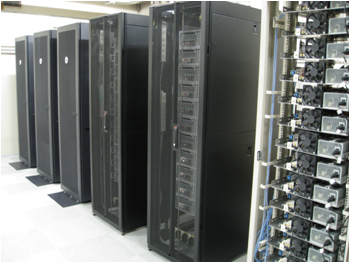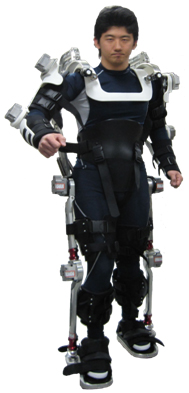Electronics and Information Engineering Laboratories
Control System Laboratory
Basic Information
Staff |
|
|---|---|
Outline |
Development of advanced control theory for realizing high-performance control of complicated dynamical systems The main research target of our laboratory is the development of advanced control theory to realize high-performance control of complicated dynamical systems for contributing to human society. |
Research Themes |
Control system design for underactuated mechanical systems |
Website |
http://www.toyota-ti.ac.jp/Lab/Denshi/5s20/english/index.html |
Equipment

Beowulf cluster computer is a super computer using exclusive node computers connected by exclusive network with open source software, e.g. MPI, GCC, Linux. Beowulf cluster computer has superior forward compatibility and enables us to develop powerful algorithms to design high-performance control system based on advanced robust and nonlinear control theory. Currently researches on control system design methods with PSO (Particle Swarm Optimization), DPMBGA (Distributed Probability Model Building GA), parallel branch and bound, and gradient sampling are conducted.
Activities

Exoskeleton power assist system: This study is aimed at presenting a versatile upper and lower body exoskeleton system that can be potentially utilized in robotic rehabilitation and power augmentation tasks. In order to enable more people to have access to robot-assisted rehabilitation and power augmentation, the exoskeleton is designed to be dexterous, wearable, lightweight and low cost. To this end, we exploit off-the-shelf joint-level compensation techniques developed for robot manipulators to achieve sensorless control while handling exoskeleton-based robotic rehabilitation and power augmentation tasks.



